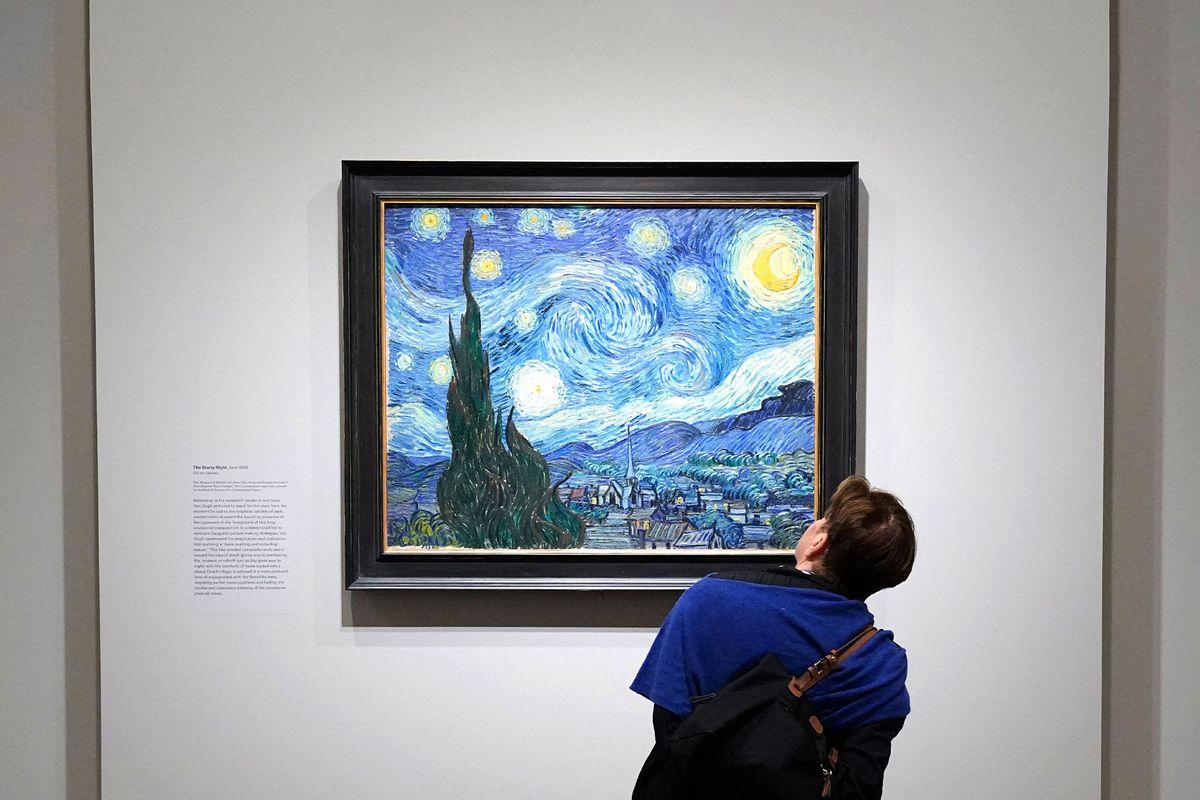When Dutch artist Vincent Van Gogh produced "The Starry Night" in 1889, he is believed to have put paint to canvas to illustrate the chaotic conditions inside his own mind. Yet according to a new article the journal Physics of Fluids, "The Starry Night" did more than simulate Van Gogh's struggles with mental illness; it also displayed an intuitive understanding of mathematics and science.
Physicists in China and France analyzed "The Starry Night' and noticed that the dappled depictions of starlight and clouds accurately recreate the swirling, flowing and billowing qualities regularly observed in fluids. Specifically, they followed Kolmogorov's theory of turbulence, which holds that small-scale structures will hold physical properties that are statistically homogeneous, isotropic and independent of related large-scale structures. As the authors noted, "This result suggests that van Gogh had a very careful observation of real flows, so that not only the sizes of whirls/eddies in 'The Starry Night' but also their relative distances and intensity follow the physical law that governs turbulent flows."
As a result, one can look at "The Starry Night" and see a scientifically accurate representation of turbulent, cascading waters — a visual that may have directly inspired van Gogh before he transposed those dynamics into his iconic starry sky while painting in his mental asylum room in the French town of Saint-Rémy-de-Provence.
“Imagine you are standing on a bridge, and you watch the river flow. You will see swirls on the surface, and these swirls are not random." Yongxiang Huang, lead author of the study, told CNN. "They arrange themselves in specific patterns, and these kinds of patterns can be predicted by physical laws."
Scientists fascinated by van Gogh's art are not limited to physicists. When researchers discovered a gecko that reminded them of the paintings of van Gogh, they gave it the scientific name Cnemaspis vangoghi. As a common terms, the authors suggested "van Gogh’s starry dwarf gecko."



Shares